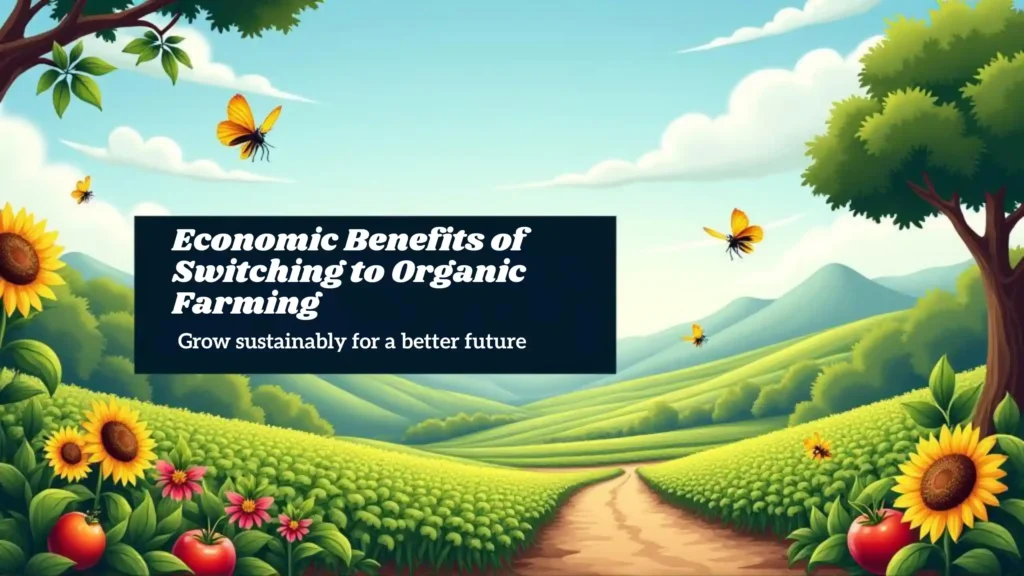Capitalist farming is a novel concept in which the means of production are privately owned. In earlier Indian farming, the agricultural system was preferably channelized and monitored by the capitalist class (as seen in the Zamindari system), which created a huge socio-economic disparity and a gulf of differences.
Capitalistic farming, or individualistic farming, as we know it, is arranged and managed by individual entrepreneurs or corporations to incur maximum profit and create self-reliant families in a sustainable yet modernized method. It is a self-sustaining agro-based industry where farming is done in a sustainable yet modernized method.
It is a self-sufficient, agro-based economy, where profit earning is the sole motive of the farmer; it’s completely contradictory to collective farming accompanied by state-owned resources and inputs.
It is in contrast to the socialist or feudal form of family, where the subsidies are owned by the state. These different factors of production have market value.
SELF-SUFFICIENT INDIVIDUALISTIC FARMING
It is conceptualized by the process of individual private ownership of resources and available inputs like land, labour, capital, and water supply concerning farmers or cooperatives. It’s inclined towards profit motive and market forces.
It can be seen with the stated example of plantation in developing countries, which mainly depends upon financial capital and organic agro-based inputs like chemical-free fertilizers and advanced technologies to induce productivity. Production is unstable and fast, and is mostly market demand influenced by the prescribed price.
TRANSITIONAL FORM OF AGRICULTURE
Modern theorists believe that capitalist farming is all done for a profit-centric purpose. Making food less accessible for the working class or the poor peasants which has led to decline in the quality and condition of farming.
The bourgeoisie class and the capitalist class primarily neglect the needs of the peasants, as in the same manner, they get less to no share in the zamindari system of production. Here, the profit is gained by the capitalist class.
The consumerist class enjoys the benefits and lucrative opportunities of farming on its own, but few argue that capitalism is good for the workers, giving them the scope to earn a profit. But the market force is dwindling in capitalism, it isn’t constant.
In the view of Marxian theory, the peasants or the laborers get exploited at very low wages and get a very small share of their production, mentioning the socialist form of agriculture. The working class is riding on the driving seat politically, socially, and economically, enjoying the riches of the earth, modern mechanisms, and advanced technologies as a collective good, but, in the new capitalist form of agriculture system, it’s enhancing the scope for daily wage laborers by creating employment opportunities for them and giving them a chance to earn more. It’s trying to inculcate equal access to the means of production.
COMMERCIALIZATION OF CAPITAL FORM
The crucial form of commercial farming in India is plantations, which grow trees, bushes, or herbs. The produce is often reflected in the industrial-based plantations and is ready for exports, like sugar cane, tea, coffee, cacao, sisal, coconut, etc. Labourers are often hired from other regions or countries where the production is often lower.
EXISTENTIAL NEED OF ENTREPRENEURIAL FARMS
The main ideology is focused on profit-driven motives of the entrepreneur; the main aim lies in production done for sale with the help of innovative methods, hired skilled laborers, resources, and capital equipment. It is market-driven production rather than self-consumption.
It involves the utilization of tractors, organic substances replacing fertilizers and harmful chemicals, irrigation, and modern farming mechanisms to induce selective production to incur more profit. In comparison with subsistence farming or the traditional mode of farming. It is believed to be embedded in modernized agriculture.
REVOLUTIONISING CAPITAL FARMING
The green revolution led to a proliferation of capitalist, individualistic farming in India, breaking the age-old lineage and ethos of the subsistent and traditional form of farming and connecting it to more modernized mechanisms.
Capitalist farming saw a much inclusive nature in the agricultural sector with the sudden rise of people joining from different walks of life, like retired servicemen, retired civil servants, as their prime business. Since most of the farmers couldn’t reap the benefits of the green revolution, they were forced to transform into self-cultivators.
CONCLUSION
As we know that farming is the greatest asset of our country, and half of the population resides upon it. In capitalist farming, it is a tremendous aspect that the farmer is the owner of his land. The main idea of capitalist farming is profit inclusion; they are channelized by individual entrepreneurs.
In capitalist agriculture, large farms dependent on hired laborers are based on a high rate of efficiency and compete with the smaller independent farms.
The Indian economy transformed during the phase of semi-feudal history, sharing unique economic and social relations. In the agrarian sector, the workers were predominantly in deprived conditions, as the means of production and required resources were not owned by them. They were mostly in the hands of landlords, peasants had uneven land distribution, money lending, rent, and low to no productivity. This defined the semi-feudal relations in the Indian economy.
The economic dynamism is taking a revolutionary turn, and the ideal agro-based economy needs to be more equity-based and inclusive, where there is equal distribution of means of production and the worker gets an equal share of the produce that they are cultivating for commercial purposes.



